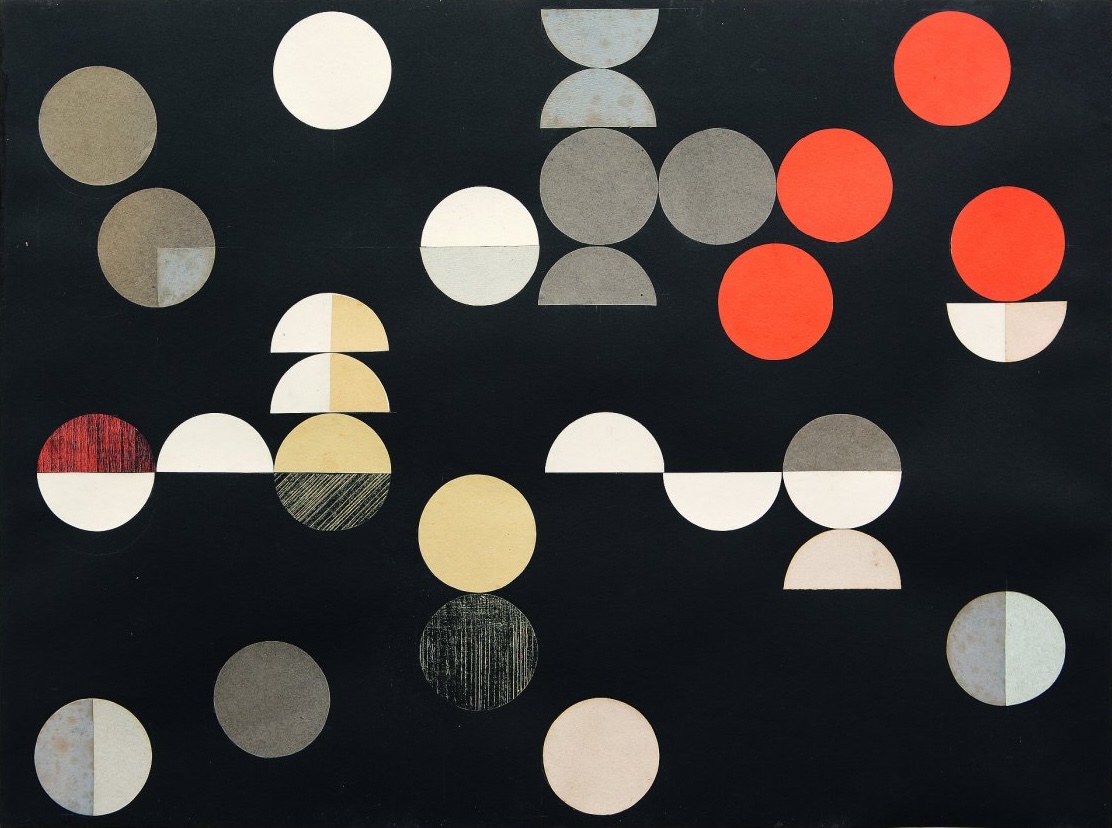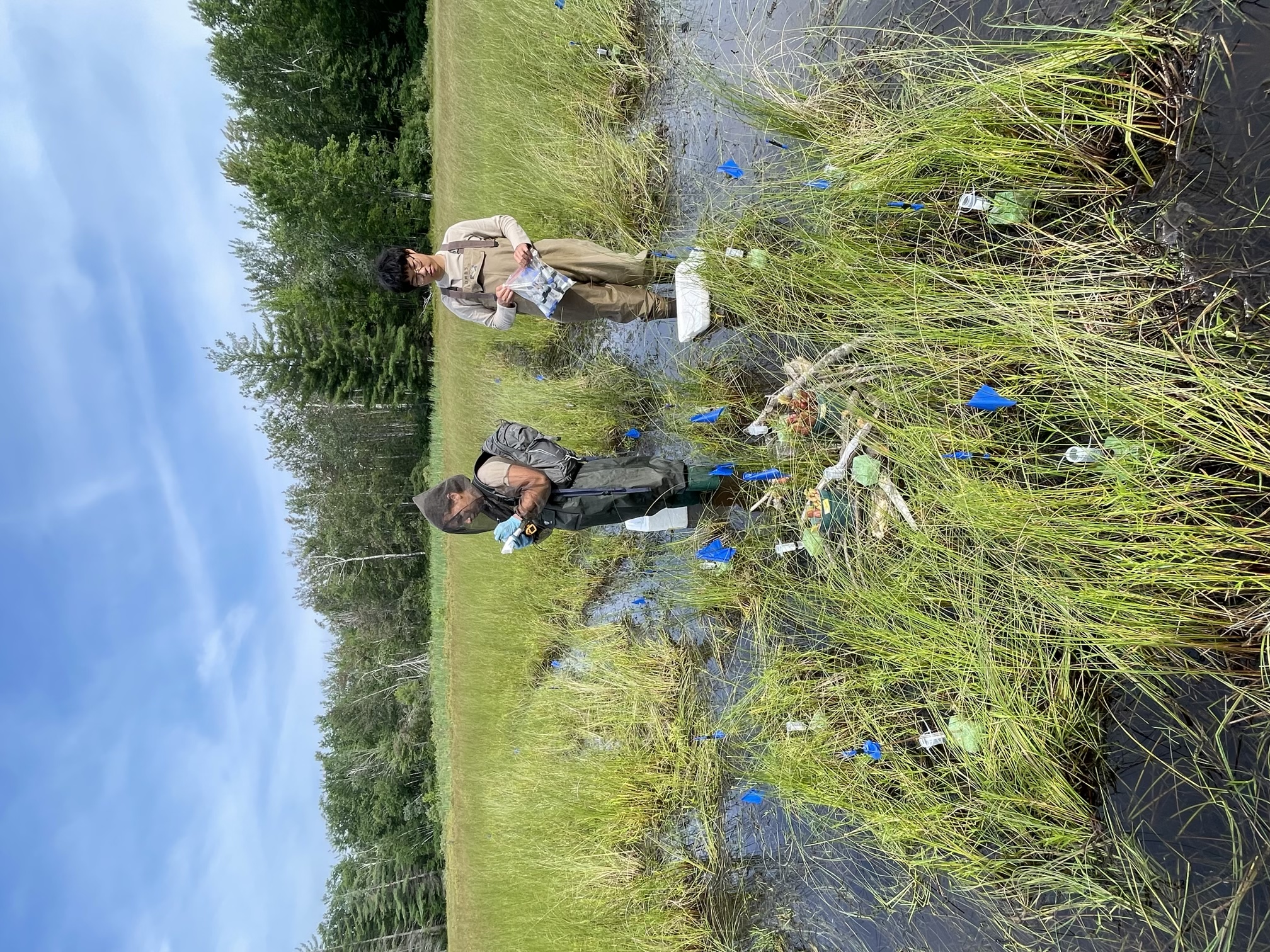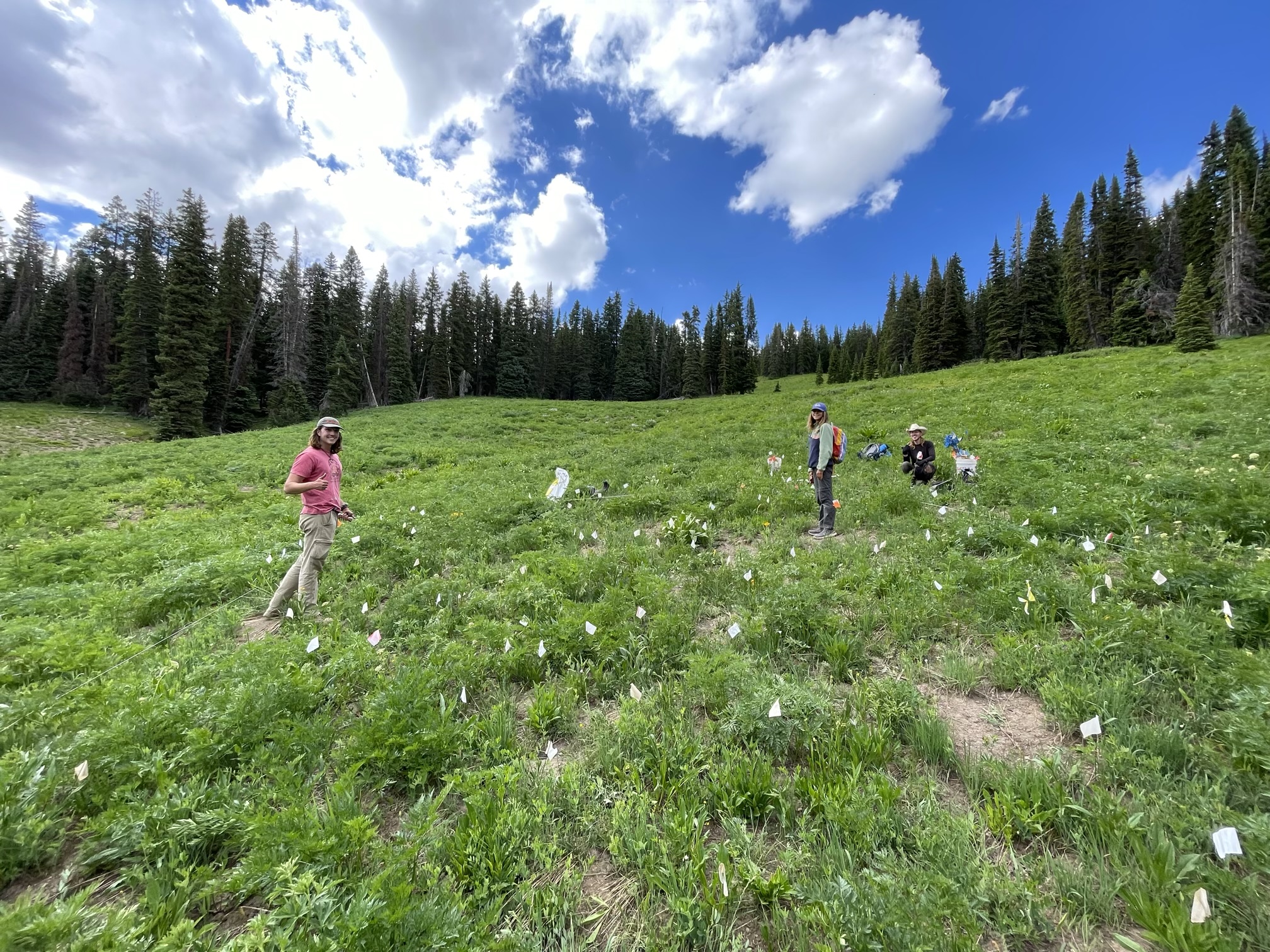Predicting food web dynamics & diversity

Predicting the coexistence of two species in a simple Lotka-Volterra model has a tidy closed-form solution that is commonly taught in undergraduate ecology classes. But add a third species, and solving the problem suddenly becomes extremely difficult. Recent advances in coexistence theory have offered a path forward, and our research is confronting these approaches with empirical data.
Community assembly & coexistence in pitcher plant microbes
Communities can take dozens to hundreds of generations for competitive exclusion to play out, greatly challenging our ability to test the predictions of theory with typical “fast” cycling macroscopic organisms like annual plants. The microbial communities of pitcher plants (Sarracenia purpurea) have generation times of several hours and highly specialized associations with their host plant. We are using this model system for lab and field experiments to probe the mechanisms of multispecies community assembly and coexistence. Furthermore, Ph.D. student Nicole Burroughs is examining the repeatability of community assembly and testing how variation in microbial dispersal determines the likelihood of alternative assembly pathways.

Decomposing the roles of species interaction intermediaries
Plant species interact with each other through multiple intermediaries: resources, pollinators, and herbivores. Collectively, these intermediaries determine the net interaction sign and magnitude—ranging from competition to facilitation—and, ultimately, whether the plant species are able to coexist. NSF Graduate Research Fellow Alden Sears is experimentally decomposing these interactions in a community of wildflowers in the family Asteraceae that differ in the degree to which they share resources, pollinators, and herbivores.

Selected publications
Petry, W.K., Kandlikar, G.S., Kraft, N.J.B., Godoy, O. & Levine, J.M. (2018) A competition-defence trade-off both promotes and weakens coexistence in an annual plant community. Journal of Ecology, 106, 1806–1818. [doi] [pdf] [data]
Blonder, B.W., Gaüzère, P., Iversen, L.L., Ke, P.-J., Petry, W.K., Ray, C.A., Salguero-Gómez, R., Sharpless, W., Violle, C. (2023) Predicting and controlling ecological communities via trait and environment mediated parameterizations of dynamical models. Oikos, 2023, e09415. [doi] [pdf] [data]
Petry, W.K., Perry, K.I., Fremgen, A., Rudeen, S.K., Lopez, M., Dryburgh, J., Mooney, K.A. (2013) Mechanisms underlying plant sexual dimorphism in multi-trophic arthropod communities. Ecology, 94, 2055–2065. [doi] [pdf]